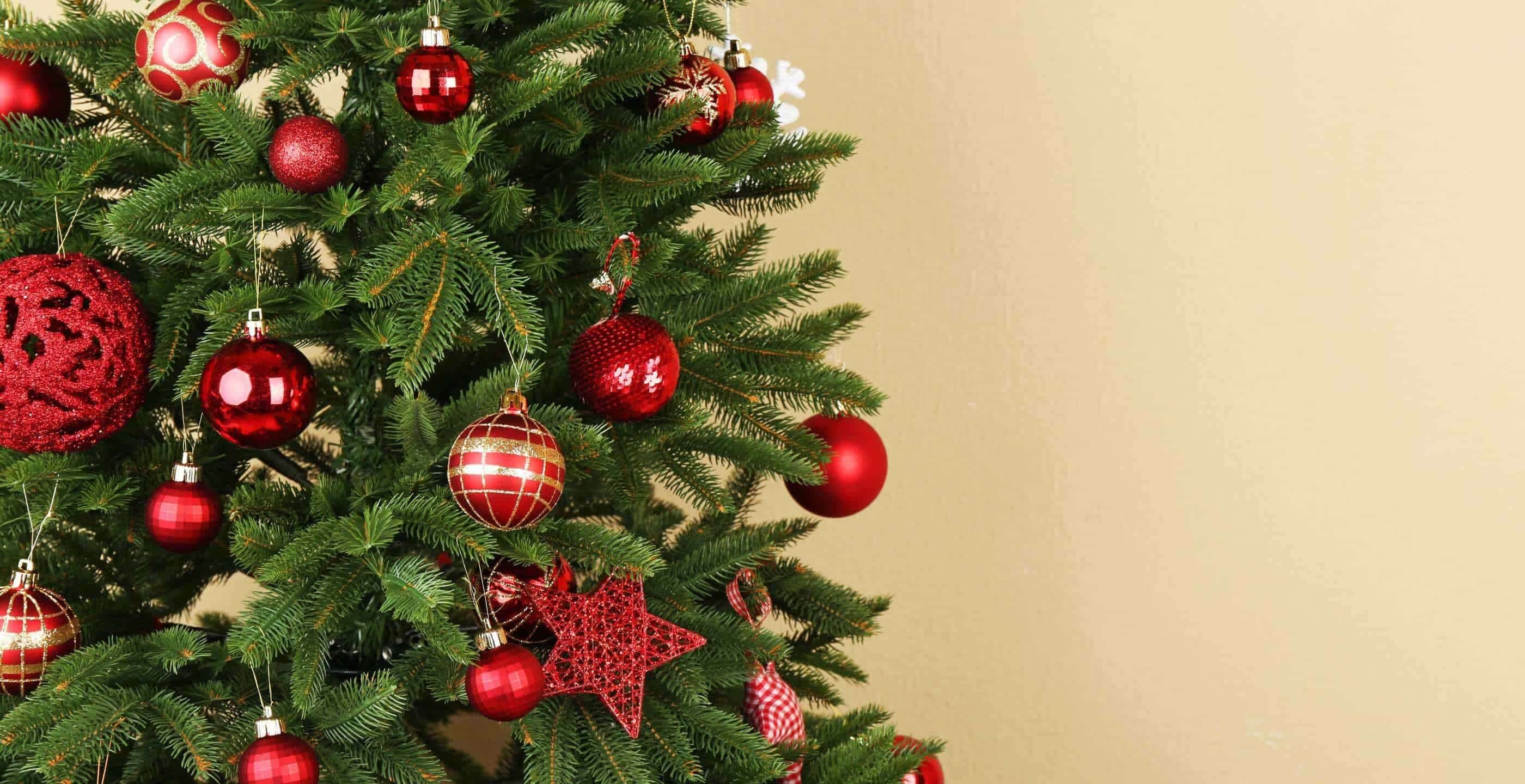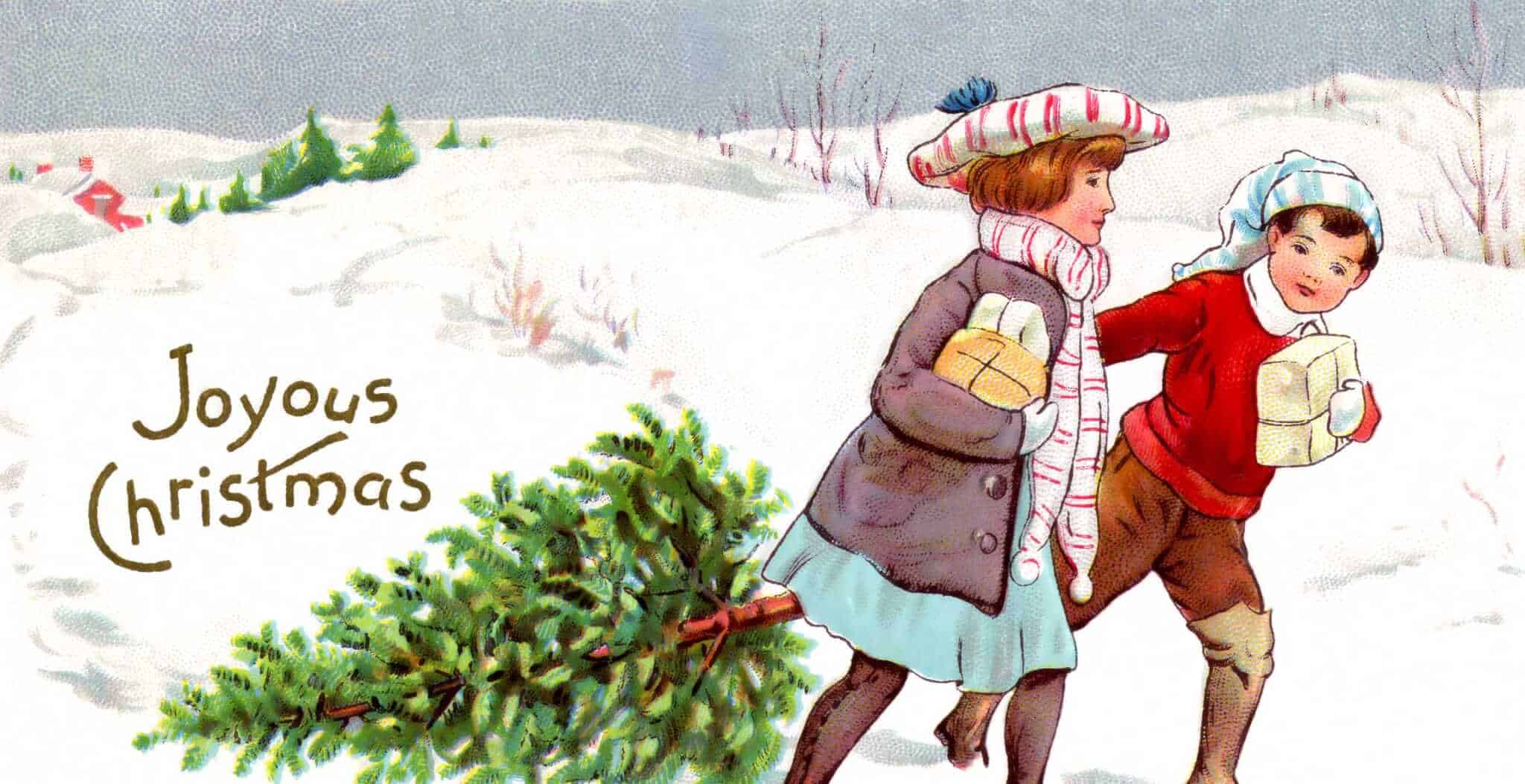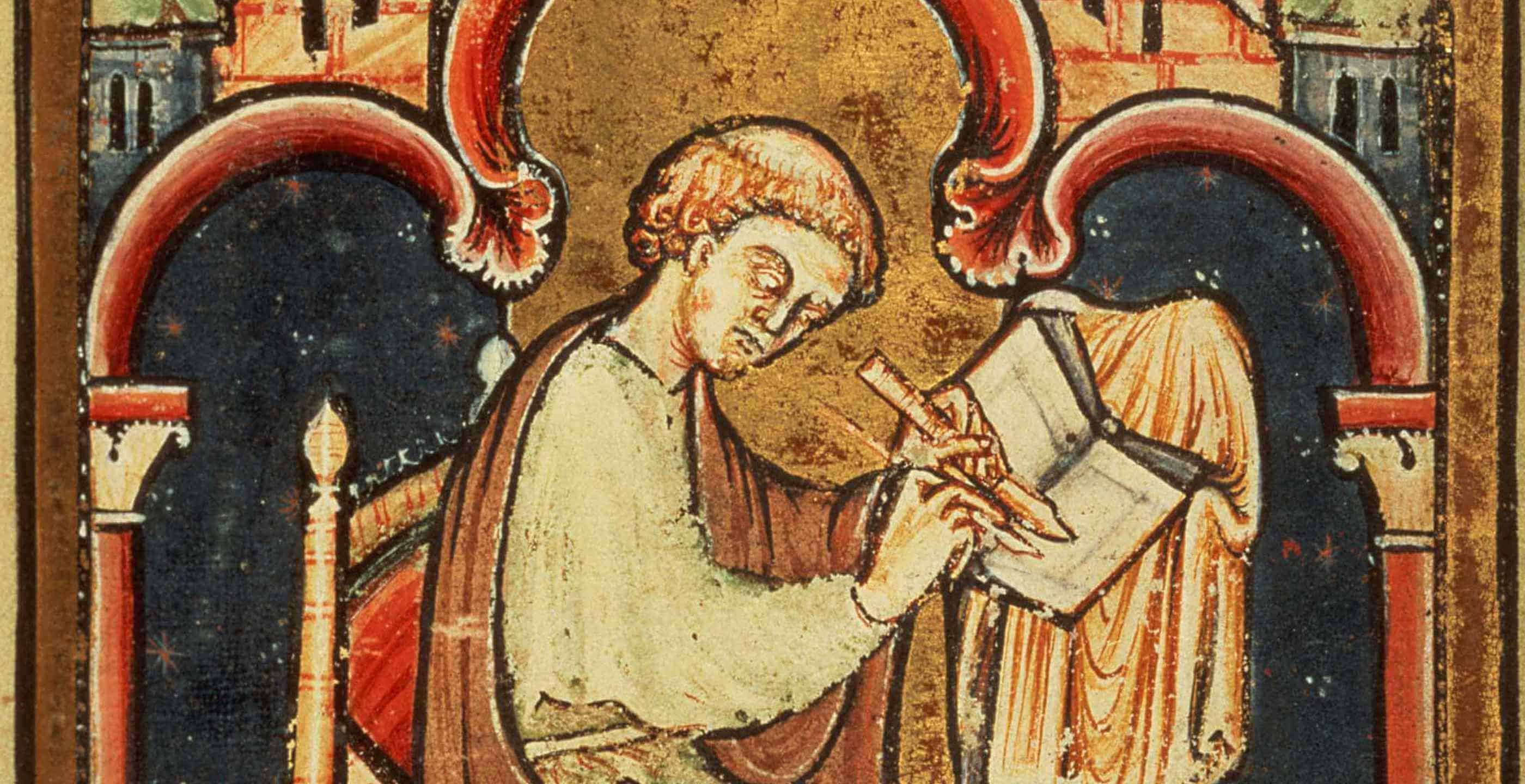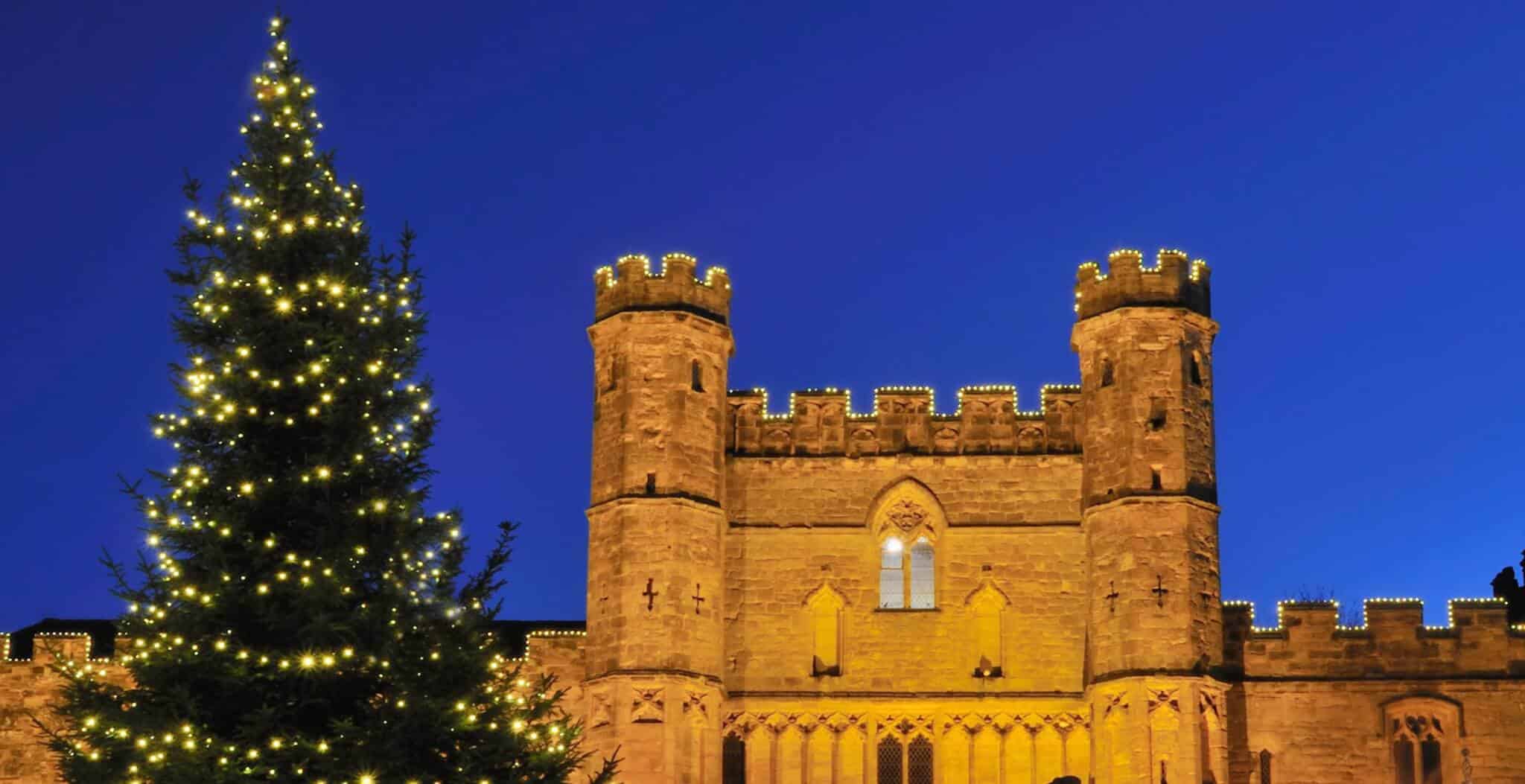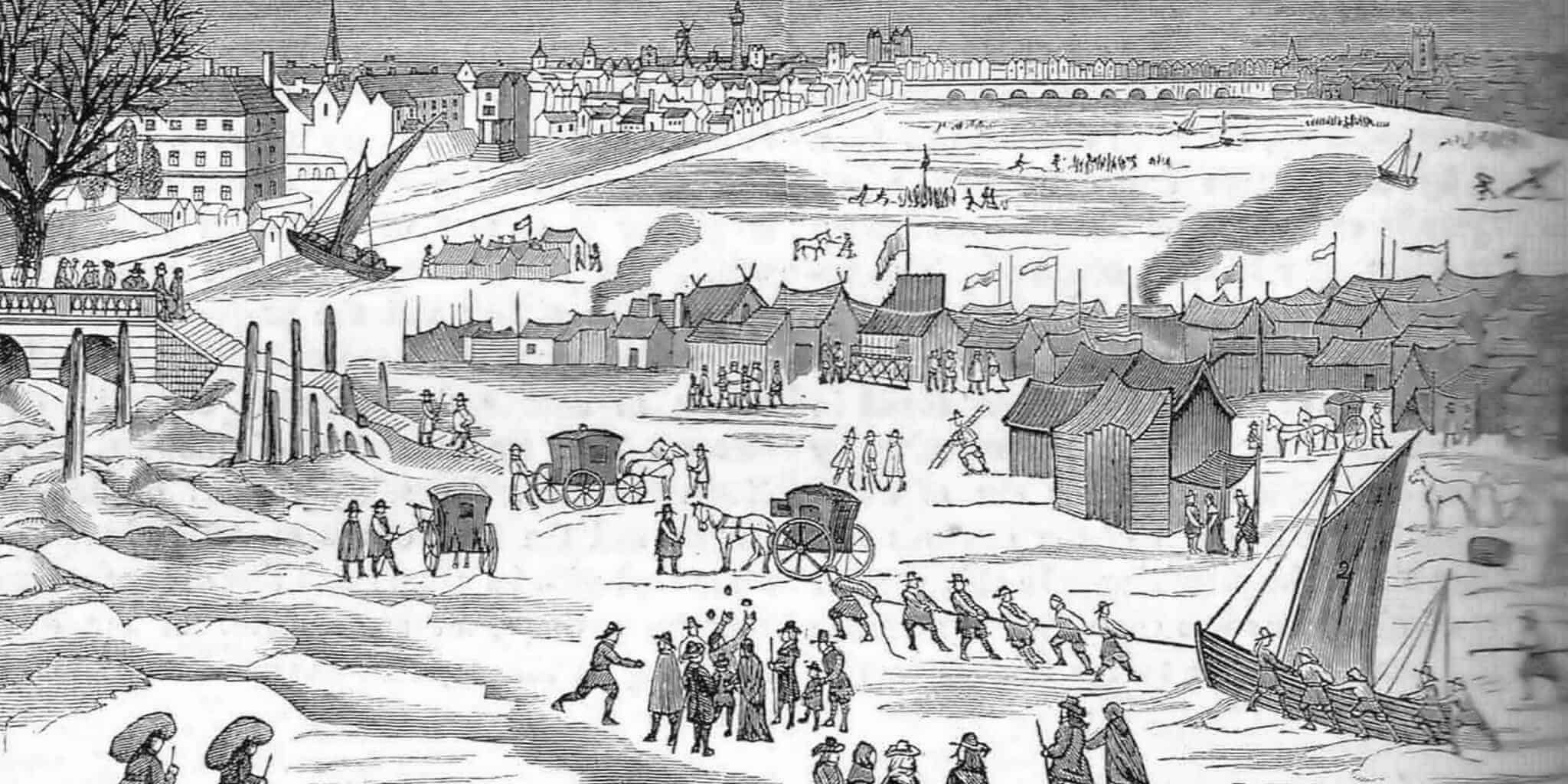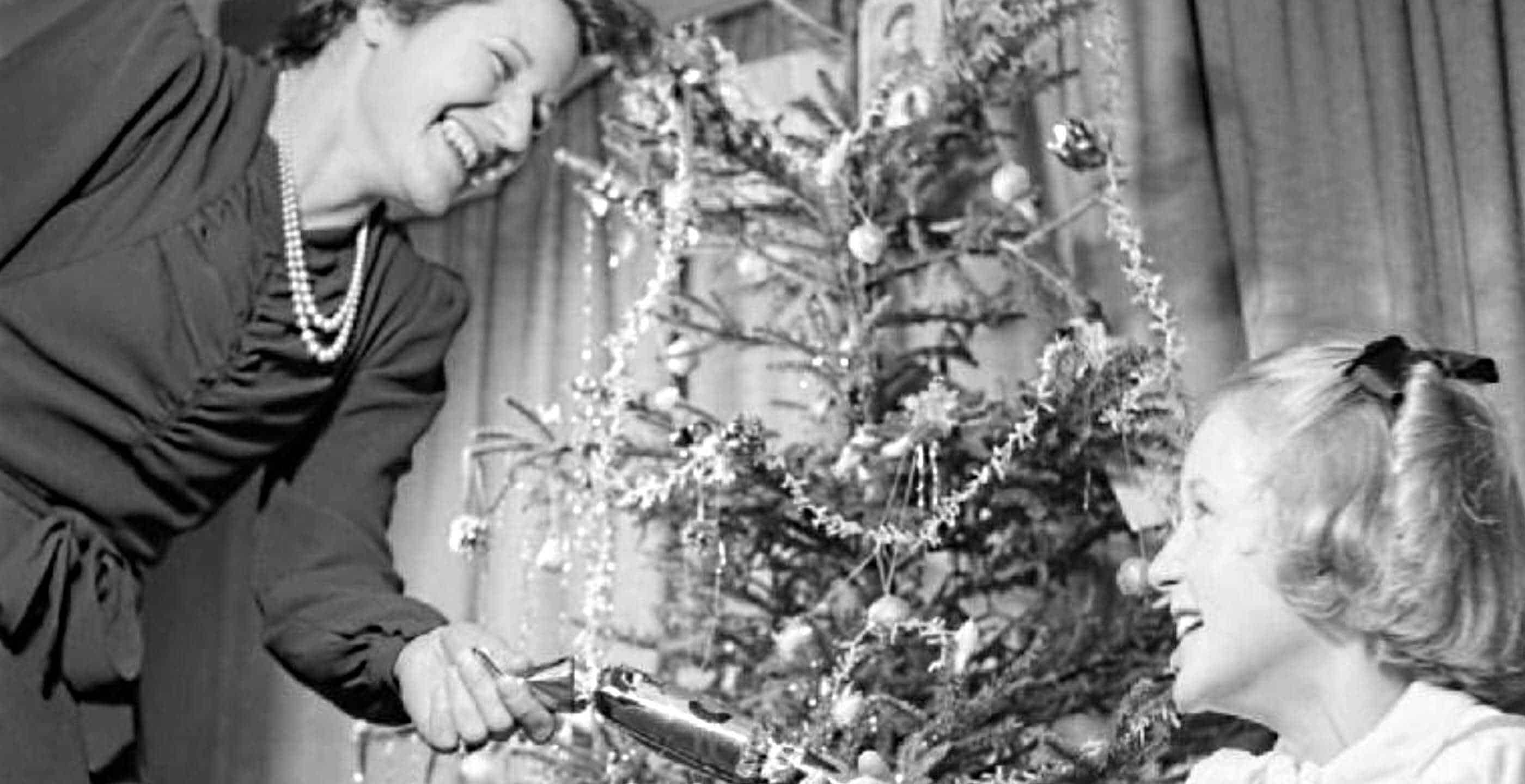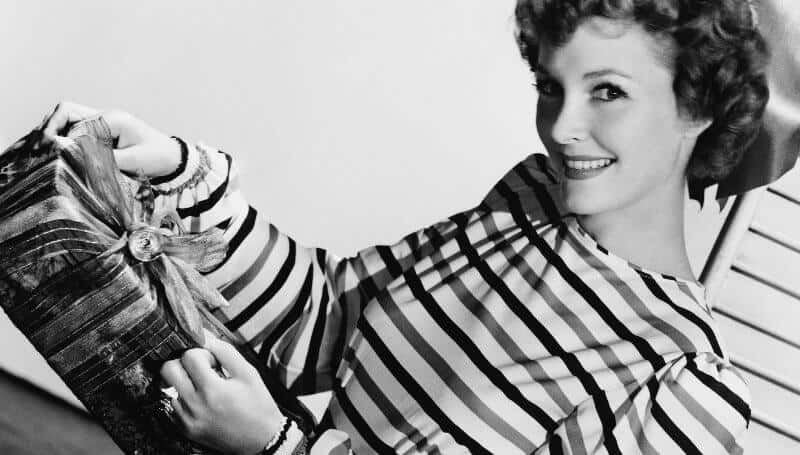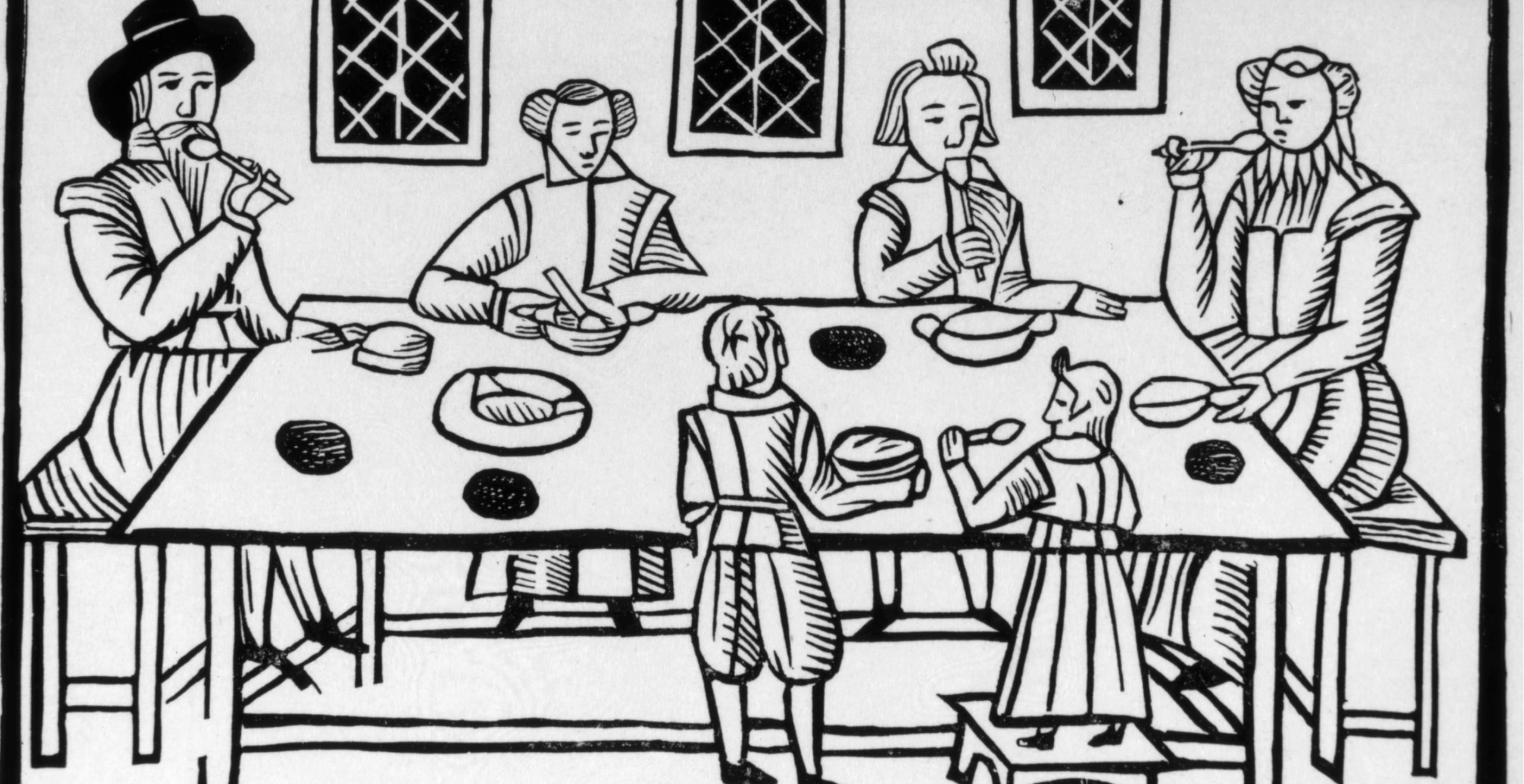The Christmas Tree is a ubiquitous element of festive celebrations across the globe. Today, having a Christmas tree in one’s home is an expected form of celebrating, often involving a gathering, various forms of decoration and eventually displaying the abundance of presents to be opened on Christmas morning.
The tree itself has traditionally been an evergreen conifer, such as a pine or a fir, which for centuries has been used to celebrate winter festivals in both the Christian and pagan tradition. Thousands of years ago, pagan celebrations involved the use of branches to decorate the homes for the winter solstice, evoking themes of the incoming season of spring where trees and flowers would bloom once more.
In Ancient Roman society, the fir tree was used to decorate the temples at Saturnalia. The festival which honoured the god Saturn involved feasting and gift-giving, a celebration in December which marked a period of merriment and festivities much like the later Christmas traditions. The Romans used the fir trees as decoration but also to represent everlasting life. The symbolism of the tree has continued to prevail in various forms throughout the world and centuries since.
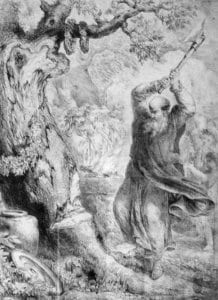 Saint Boniface fells Donar’s Oak
Saint Boniface fells Donar’s Oak
In pre-Christmas pagan practices, the Vikings and Saxons of northern Europe worshipped trees, as exemplified by the story of Saint Boniface cutting Donar’s Oak. The use and symbolism of trees would continue throughout the centuries in Europe, marking the crossover between pagan festivities and the later established Christian traditions we are familiar with today.
In the early years, trees were often displayed upside down, hung from the ceiling using chains or a chandelier. Whilst the fir tree was the most commonly used, others were used such hawthorn or even just a few branches. Much of the festivities were dependent on what people were able to afford, with some replicating the tree with a pyramid shaped out of wood and decorated with apples and other available items. The pyramid shape was intended to replicate the Paradise Trees which prevailed in medieval German Miracle Plays. The symbolism of the tree was based on the Garden of Eden, with 24th December known as Adam and Eve’s Day. The tree was an integral part of the play which told the story of Jesus for those that could not read.
The tree had by now gained a significant status as a tool for celebrating during the Christmas period, whether they were large or small, decorated or replicated. All across northern Europe the tree became synonymous with celebration. Today, the source of the Christmas tree in northern Europe is still disputed between Estonia and Latvia, both claiming to have the first. Whilst no-one is certain, festive celebrations involving trees occurred both in Tallinn in 1441 and Riga in 1510.
In Tallinn, the trees displayed in the town square were erected by a group of local unmarried merchants known as the Brotherhood of Blackheads who would dance around the tree before setting it alight. The brotherhood, according to legend, were a military group which defended Estonia from an attempt to eradicate Christianity and repel foreigners from the country. Today, a Christmas tree displayed in town squares across Europe has become commonplace; in Riga in Latvia you can find a plaque which states that the first “New Year’s Tree in 1510” was displayed there.
The act of celebrating Christmas in the home with a tree was instigated by Protestant Germans. From there, the tradition spread across Lutheran territories of Germany and further afield. By the nineteenth century, Christmas trees could be found displayed in homes across northern Europe, although at first the festivities were mainly restricted to the elites.
Today, decorating the tree can take on great personal significance with many families having their own traditions and styles. In the eighteenth century the most common form of decoration was the candle, the precursor to the electric lights. The use of light in order to illuminate the tree and display it in all its grandeur has often been associated with Martin Luther, the Protestant reformer who, it was claimed, added candles to an evergreen tree in an act of celebration back in the sixteenth century.
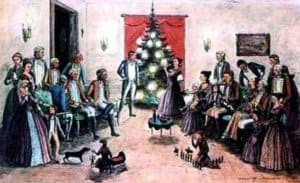 General and Mrs. Riedesel celebrate Christmas in 1781 in Canada. They are credited with popularizing the German traditional Christmas Tree in the Americas.
General and Mrs. Riedesel celebrate Christmas in 1781 in Canada. They are credited with popularizing the German traditional Christmas Tree in the Americas.
In Germany, the Christmas tree was a custom strongly associated to Protestantism but eventually the tradition spread to a wider audience in the early 1800’s, thanks largely to a group of Prussian officials who emigrated and spread the tradition. In the nineteenth century, the Christmas tree became an enduring symbol of German culture, a legacy which would be spread to the rest of the continent.
The custom of the Christmas tree quickly grew popular amongst European nobility in the royal courts, with Princess Henrietta of Nassau-Weilburg introducing the tree to Vienna in 1816. Across Europe, amongst the upper classes, the adoption of the tree was increasingly popular, as depicted in the painting of 1877 by H.J Overbeek.
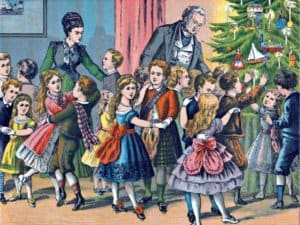
Across the English Channel, Britain had not been using trees to celebrate Christmas, although the custom of decorating churches using evergreens had been practised for a long time. It was the German-born wife of George III who first displayed the decoration in Britain. Charlotte of Mecklenburg-Strelitz held a party in 1800 in which the tree had become the centrepiece of the festivities. So much so that a young Victoria had a Christmas tree in her room every year in December, decorated with lights and sugared ornaments.
When she grew up, Queen Victoria married her cousin, Prince Albert and the tradition continued. In 1848 a drawing was published of the “Queen’s Christmas tree at Windsor Castle”, a crucial factor in spreading the popularity of the decorative tree across the country. Very soon, the tree had been embraced by wealthy upper-middle class families across Britain, although it would take a few more years before these festivities would spread to the lower classes.
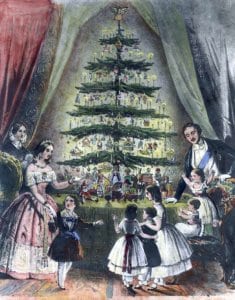
In the 1920’s the Christmas tree would enter the living rooms of people across the nation, no longer seen as an exclusive tradition of only the wealthy and elite. Throughout the years, the popularity of the tree would continue to endure and garner great commercial success across the globe.
In the United Kingdom the use of trees in festive celebrations became more widespread, particularly in public spaces such as town squares. To this day, one of the most famous trees, a gift given by Norway to the UK, is proudly displayed in Trafalgar Square, a token of goodwill after the Second World War.
The Christmas tree has continued to endure throughout the decades: whilst decorations and styles have changed, the symbolism and significance remains. Whilst the Victorians decorated their trees with candles, the Edwardians would decorate with ostrich feathers in a variety of colours. In the following decades fashions and trends would come and go, with the growing popularity of artificial trees and tinsel. Today, decorations have become much more varied and individual with families producing their own Christmas traditions.
The Christmas tree is an enduring legacy from pre-Christian traditions. Its symbolism and significance prevails despite the changing trends. The tree is a permanent example of traditions, culture and celebration.
By Jessica Brain. Jessica Brain is a freelance writer specialising in history. Based in Kent and a lover of all things historical.
